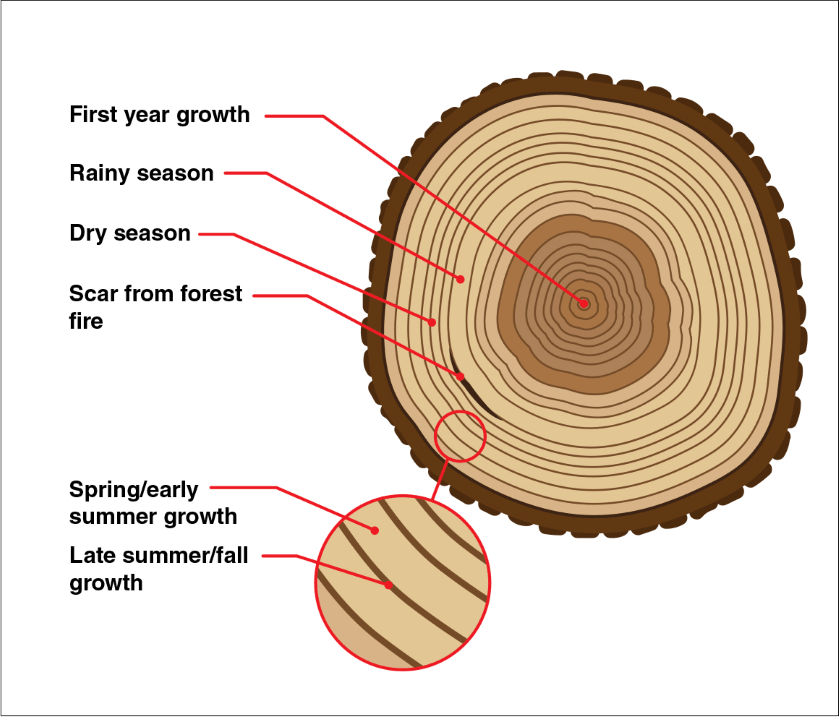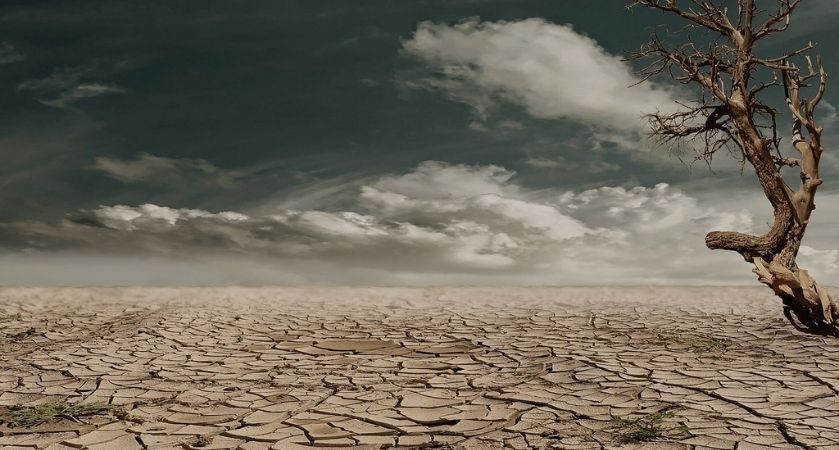When it comes to global warming, it must always be pointed out that rising temperatures alters the climate, not the weather. At a local and seasonal level, phenomena of intense cold and precipitation can occur, which can lead the most skeptical to believe that the greenhouse effect is not a tangible problem. Instead, the average increase in global temperature has very concrete effects (even at the local level), especially when it comes to extreme climatic phenomena, such as drought.
Drought Damages
The worsening of drought in some regions of the planet is a problem that already causes damage today for billions of dollars and inconvenience to hundreds of millions of people, up to, for some areas, the limit of aridity. All of this had been predicted by the models, but the real challenge was to collect real data that confirmed its validity.
A research published this week in Nature clearly shows that global warming has caused the increased drought in some regions of the planet and, paradoxically, the increased flooding in other regions. And according to the models confirmed by the study, the situation will get even worse in the coming years. The research was conducted by Columbia University’s Earth Institute in collaboration with NASA’s Goddard Institute for Space Studies.
But how is drought studied? For example, we look at trees, real natural archives. The study of tree rings is the scientific discipline, called dendrochronology and allows to reconstruct the climate of a given region even for thousands of years in the past. For example, it is possible to accurately reconstruct the alternation between drought and rainfall in a given period, their duration and their intensity.
The Study of Tree Rings
How the study of tree rings helps the analysis of drought: thick rings – wet years, narrow rings – drier years.
It is thanks to thousands of tree ring data published from sites around the world that Earth Institute researchers were able to build a “drought atlas, ” which provided the basis for the research.
In fact, knowing the levels of drought and rainfall over the centuries (for some regions it went as far as 600 to 900 years ago), scientists were able to study the natural fluctuations of these events in order to distinguish them from the anomalous variations introduced by the change. climate caused by humans during the industrialization period.
Researchers weren’t limited to rainfall alone. They also considered a more precise but more problematic index to evaluate: soil moisture. This value is due to the balance between evaporation and precipitation and is one of the most important indices for agriculture and forestry.
Soil moisture is difficult to assess, because evaporation and precipitation are phenomena that can reinforce or contrast each other: hot air can bring humid air and therefore new precipitation, or it can contribute to the evaporation of water already present in the soil, promoting drought. Determining which factor predominates is a complex problem that depends on various factors such as wind, topography, clouds, and the region’s proximity to the ocean.

Drought, as It Has Changed Over Time
From 1900 to today there are data collected directly on the territories (without the need to resort to trees) to monitor all the values useful for the study of the climate, such as temperature, but also rainfall and soil moisture. This allowed scientists to make a comparison between different eras.
For example, the influence of global warming on drought is most evident from 1900 to 1949. During this period, as predicted by the models, anomalous increases in drought were observed in Australia, in much of Central and North America, in the Mediterranean area, in western Russia and in Southeast Asia. Over the same period it became wetter in western China, much of central Asia, the Indian sub-continent, Indonesia and central Canada.
From 1950 to 1975, the anomalous increases fluctuate until they appear to be random events. This apparent contradiction with the thesis of the article was explained by the scientists with aerosols. These substances (colloids in which a liquid or solid are dispersed in a gas, for example used in spray cans) have known enormous popularity in the past, before stricter environmental laws limited their use. Aerosols can change cloud formation, rain and temperatures.
They can block the sun’s rays and act as nuclei for the formation of raindrops. Scientists are therefore convinced that the diffusion of aerosols strongly influenced the data of this period, masking the effects of greenhouse gases, which however continued to increase.
The third period goes from 1970 to today. Many countries have introduced stricter environmental laws, with a significant decrease in aerosols. Nonetheless, industrial activities have increased, and so have greenhouse gases and the planet’s temperature. As a result, the influence of global warming on precipitation clearly re-emerges from data from 1981 onwards. The increase in drought in relation to global temperature is not yet as evident as in the first period, but it is steadily increasing, especially from 2000 onwards.
Always Drier or Wetter
“If we don’t see a further increase in drought over the next ten years,” explained Kate Marvel, first author of the study, “we might as well wonder if we’re wrong. However, all models predict an unprecedented increase in drought in parts of North America, the Mediterranean and Asia”.
Many agricultural areas could become permanently dry. This does not necessarily mean that the rains will decrease. In some regions such as Central America, the Western United States and Europe, rainfall will remain stable, or even increase. The problem is that rising temperatures in these regions will cause water evaporation to prevail, causing a decrease in soil moisture and consequently an increase in drought.
The Mediterranean will suffer the greatest impact, with a double effect: the decrease in rainfall and an increase in drought caused by the heat. In addition, an increase in population and consequent higher water consumption is expected in these regions. In short, the consequences of these increases in the greater drought can also be social and contribute to the emergence of conflicts.
While some regions get drier, others will get wetter, but that’s not necessarily good news. India and other neighboring nations lie along the path of monsoon winds, which bring water to regions from the Pacific and Indian oceans. These oceans are warming, creating conditions for ever more abundant rainfall, very often in the form of uncontrollable floods, which will occur with increasing frequency and not necessarily in times of greatest need.

